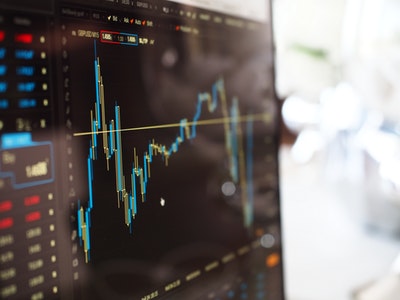5 Helpful Tips on Understanding Proprietary Trading

Financial markets are rife with opportunities, but success is dependent on strategy, capital, and execution. Using firm-provided funds, proprietary trading—also known as prop trading—offers dealers a unique means of engaging in global markets.
Unlike retail trading, in which personal funds set restrictions, proprietary trading makes more exposure and sophisticated risk management methods possible. Working within these structures, traders use technology, analytics, and market knowledge to generate profits in fast-paced settings.
Knowing the nuances of proprietary trading guarantees traders maximize chances and properly control dangers in this ever-changing financial environment.
1. The Structure and Purpose of Proprietary Trading
Proprietary trading involves financial firms using their capital to execute trades rather than relying on client money. These companies use technology, spot market inefficiencies, and high-speed trading execution to seek profits.
Unlike conventional brokerage services, which get commissions from client activities, proprietary firms make money straight from market engagement. Working under this approach, traders have access to sophisticated algorithms, institutional-grade tools, and fast execution systems.
Maximizing short-term price swings across several asset classes—stocks, commodities, foreign exchange, among other things—is the main goal. This structure helps companies to keep a competitive edge in financial markets while taking on measured risks.
2. The Role of Technology in Enhancing Performance
Technology is critical in proprietary trading, helping to shape strategies and execution methods with unprecedented precision and speed. Real-time data analysis offered by advanced trading systems lets traders quickly understand market movements and act on prospects as they arise.
Low-latency execution used by high-frequency trading algorithms allows quick order placement that catches market inefficiencies before conventional investors react. Machine learning and artificial intelligence hone predictive models, thereby enhancing trading choice, risk management, and algorithmic approaches.
Having access to proprietary software, traders examine vast volumes of market data, detect intricate trends, and automatically execute trades for the best efficiency.
Integration of innovative technologies guarantees not only speed and accuracy but also helps proprietary traders keep a clear strategic advantage in very competitive financial markets.
3. Risk Management Strategies for Long-Term Sustainability
Effective risk management is essential for long-term proprietary trading success. Companies set rigorous procedures to maximize earnings and minimize losses.
Portfolio diversification, stop-loss rules, and position sizing guarantee traders’ control of exposure. Strategic use of leverage helps companies to improve profits without unnecessarily increasing risk. Psychological discipline is essential since it helps to avoid emotional decisions that might result in excessive losses.
Structured risk limits enforced by proprietary companies help to safeguard money and preserve constant performance. Adhering to these principles allows traders to build long-term careers while confidently navigating volatile financial environments.
4. The Advantages of Working with Proprietary Firms
Proprietary companies provide traders access to resources that greatly improve market performance, therefore offering an infrastructure that’s frequently difficult for individual traders to build on their own.
By removing the requirement for personal investment, capital allocation allows traders to concentrate completely on strategy instead of financial restrictions, therefore removing a significant obstacle to success. To guarantee traders make sound decisions, training courses include in-depth market knowledge, refining technical analysis, risk management, and execution skills.
Knowing market dynamics, behavioral patterns, and decision-making techniques, seasoned mentors help traders negotiate challenging market circumstances. Models of risk-sharing guarantee that traders work in controlled surroundings that support discipline, responsibility, and long-term viability.
By means of a firm’s support, traders minimize personal financial risk while exposing themselves to professional trading tactics, real-time market data, and innovative technologies. Trade with institutional-level tools and support systems increases performance and profitability by means of their capacity.
5. Market Adaptability and Future Growth in Proprietary Trading
Financial markets are constantly evolving, requiring traders to adapt their strategies to changing conditions. Price swings are influenced by geopolitical events, changes in interest rates, and economic developments, thereby offering both possibilities and hazards.
Effective traders stay adaptable, changing their strategies depending on real-time market data. The emergence of prop firms has increased opportunities for traders seeking professional development. These companies find skilled individuals who have the abilities required to succeed in demanding settings.
For people who value flexibility and lifelong learning as technology and market structures change, proprietary trading remains a viable path.
Conclusion
Proprietary trading provides a structured and resource-rich environment for traders seeking to improve market performance.
Through professional mentoring, access to modern technology, and firm-backed money, traders hone their abilities and reduce financial risk.
Success calls for rigorous risk control, flexibility, and efficient use of institutional resources. Those who embrace the challenges of proprietary trading position themselves for long-term success in highly competitive financial markets.






